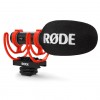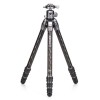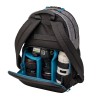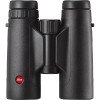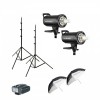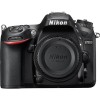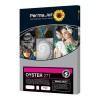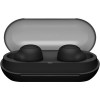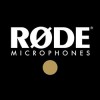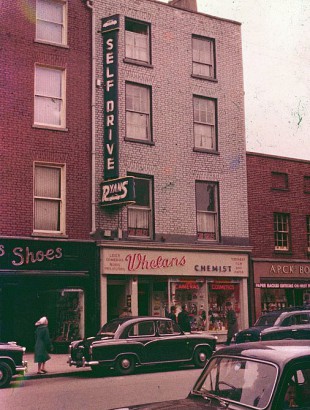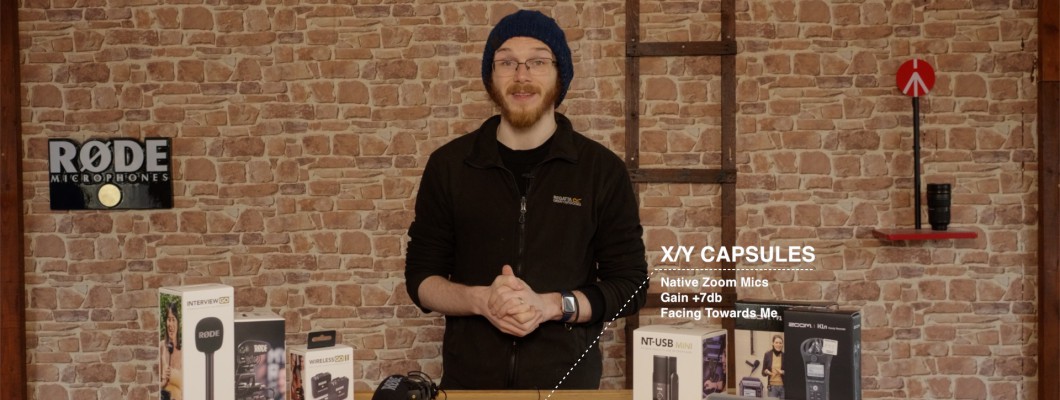
I got my hands on a pile of microphones and had a good look at the 6 things to consider when buying a Microphone! For me, the number one thing to consider when buying a mic is are you going to use Plug In or External?
Plug In microphones such as the Rode Pro+ are useful for Run and Gun videography where you are capturing things in the heat of the moment for a vlog or a documentary, and you don’t have time to be checking every little detail as you shoot. These kind of mics plug straight into your camera and you don’t need to do any tedious syncing or file management after the shoot. Everything your mic hears, your camera hears.
External mics on the other hand are great if you want a more robust audio set up. I use the Zoom H5 to record my audio, as it gives me two external inputs and has its own on-board capsules which I can use for a wide variety of situations. However, it does require syncing up afterward and much more can go wrong.

The Zoom H5 is a phenomenal device but it’s also more complex. It has a raft of features, different effects, various recording settings, and three different recording modes. It can record high quality Wav Files with lots of bit-depth, which to use a photography metaphor, is a little bit like shooting in Raw File.
However, much like a raw file, you often have to work this into something usable. Now, if you’re the kind of person (like me!) who loves to geek out over tech and specs, then by all means don’t be afraid of going for something that bit more complicated, but if you just need your audio to be clean and clear, then you’re actually better off going for something simple.
The more options you give yourself the more complicated the process becomes, this applies at the input level but also at the editing level. Now I am not a huge fan of audio editing. I’m a video guy, so I like my audio to be loud and clear, but I’m not going to spend hours and hours deep in the weeds of my audio software. This is where the Rodes are useful, as it’s a bit more ‘what you hear is what you get’. If the Zoom H5 is more like a Raw File, then maybe we can think of the Rodes as a Jpeg. They give a good quality sound for what you’re doing, but you probably don’t want to have to do loads of editing after – make sure you get the sound right on the day, so that you’re not trying to save yourself later.
When it comes to Mics, generally speaking you’re going to want to get as close to your subject as possible. The best option for any speaking roles is either a handheld mic you can put right up to someone, or a lapel mic that you can pin to someone. They’re really close to the source so they pick up the sound of the person speaking without a lot of additional background noise.

However, if you have a few people speaking or you want to record the sound of a room in a more general context, then these mics are not going to work as well. For that you’ll be better off with a shotgun mic which picks things up in a wide pattern. And for anyone starting a podcast or if you just want to sound extra good on zoom calls, then you’ll need some kind of a desktop set up like the Rode USB Mic.
The zoom on the other hand is called a Handy Recorder for a reason, as it’s fairly handy! It can record the sound of a room while also giving the flexibility of two external mics if you needed them.
Now the only problem with the zoom is that it’s bulky and requires a lot of wires, so if you’re conscious of weight, size, or need something wireless, then the Rode Wireless Go will be more for you. This little guy is able to transmit audio wirelessly, straight to your camera which is a lifesaver in a lot of situations.
Another key consideration you have to bear in mind: Price.
As always with Camera equipment the price has a big impact on the quality of what you’re getting. However, a lot of simple mics that are reasonably affordable to the average budget can produce great results if you use them correctly and in the right situation. Don’t use your lapel mics when you want to record the room, and don’t use your shotgun mic if you’re in a loud or echoey environment. There’s a time and a place for everything.
Price does have an impact on the quality of your audio, but more importantly than that is your mic technique, mic placement, and are you using the right mic for the right job. If you need all the extra features of the zoom, then go for it! It’s a great piece of kit. But if what you really need is a Wireless lapel mic, then there’s no point buying a recording device. And vice versa, there’s no point having a lovely wireless set up, if you’re stuck in a studio and you never move around!
There is however one last point which is universal to all mics, no matter the situation, and that’s Accessories.
No matter what Mic you end up going for, it’s important to get a few accessories with it. The Rode Pro+ for instance comes with a muffler on top. The sponge on top is to protect the mic but also the dampen wind noises. You can get extra wind dampeners which I really recommend if you’re doing any outdoor work, as wind will quickly kill even the best of mics.
If you’re working with phones then you will need extra adapting cables, and if you’re working with the Wireless Go then you might want to look at extra lapel options. I find a small tripod helps with the zoom, and if you want to learn more about tripods then check out our video on that!
So there you go guys, the six things you need to consider when buying a mic. I hope that was useful to you and that you learned something. Get in touch if you have any questions and we’ll help you find the right mic for your workflow.

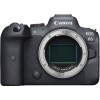
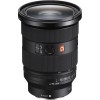
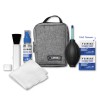
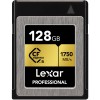
-100x100.jpg)
-100x100.jpg)
